
As we battle our second COVID-affected winter, it’s no surprise that many people are turning to their family doctors and nurses for more than our technical expertise. These days, patients are looking to us for community stewardship. For many, a visit to the doctor is an attempt to make sense of an uncanny experience.
Questions like: “When do you think it will all be over?”, “Will life ever get back to normal?” and “It’s so frightening, don’t you think?” have been asked in my office just this past week. For some, there is unrelenting heartache and a pervading sense of hopes and dreams crushed and thwarted. Others have found a sense of renewal by achieving a fulfilling new normal.
Stories are important. Stories are powerful. They help us make sense of and frame our lived experiences. They help guide and motivate us towards our desired future. As healthcare professionals, we can make positive contributions to healthcare outcomes through the stories we construct with our patients.
According to a wonderful piece of research undertaken by teams from the Universities of Adelaide and Vermont in 2016, the emotional arcs of English language stories take six basic shapes. Each of these shapes can be applied to the experience of the COVID-19 pandemic, with varying results.
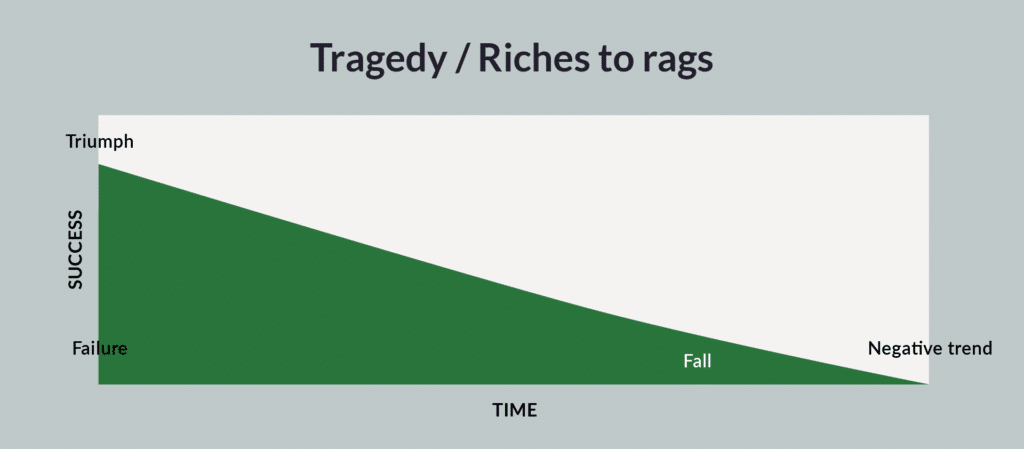
1. Tragedy or Riches to rags (fall)
“It will take us decades to recover from COVID-19, both economically and emotionally.”
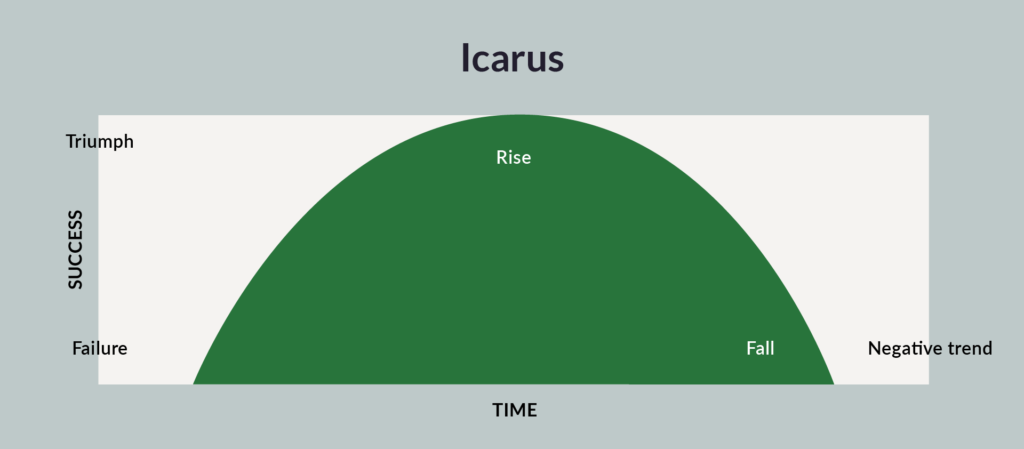
2. Icarus (rise-fall)
“We were doing so well. Healthcare inequalities were shrinking. COVID-19 has scuppered it all.”
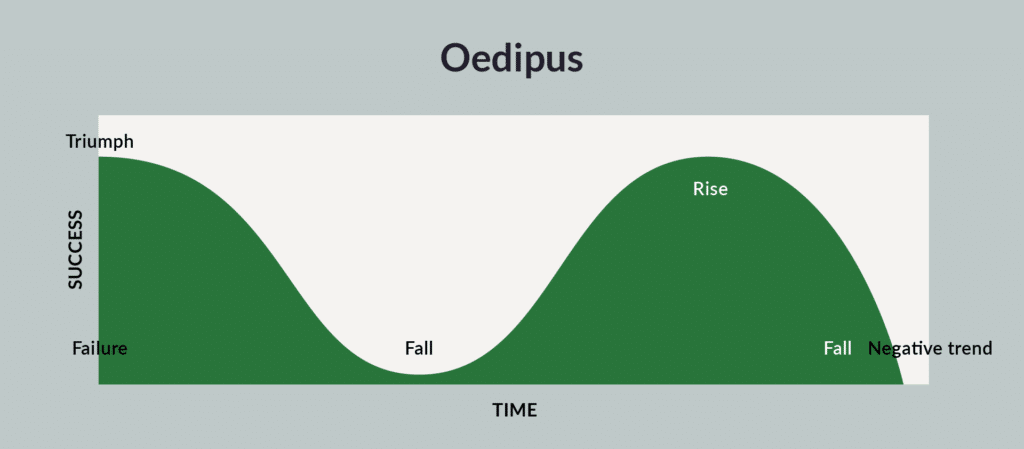
3. Oedipus (fall-rise-fall)
“COVID-19 is the gravest threat we have faced. Australia did amazingly well at keeping numbers low. But we’ve botched it all because of the bungled vaccine response.”
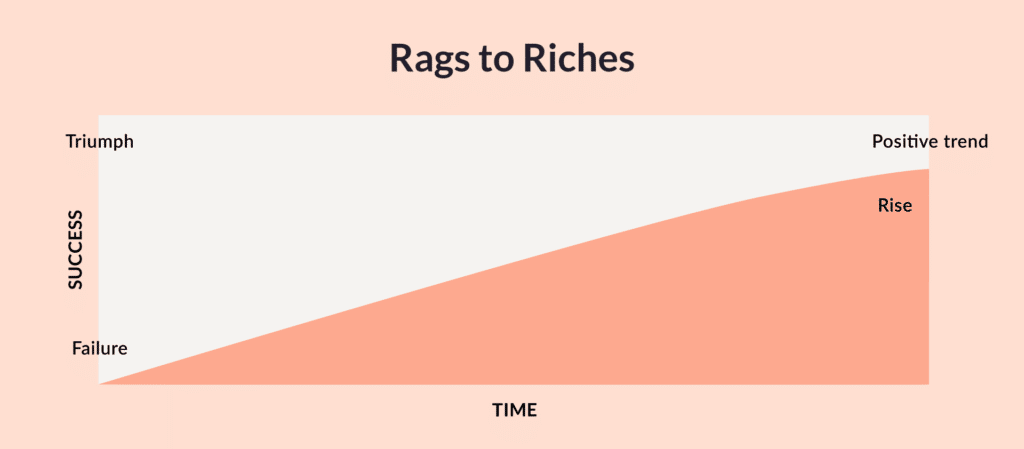
4. Rags to riches (rise)
“COVID-19 uncovered the frailties we have in our health and social care system. But by exposing these vulnerabilities, we’ve been able to better support our frontline healthcare workers, boost our telehealth capabilities and learn how to improve our vaccination systems so we are much better prepared not just for this disease, but for the next pandemic, which could be far deadlier.”
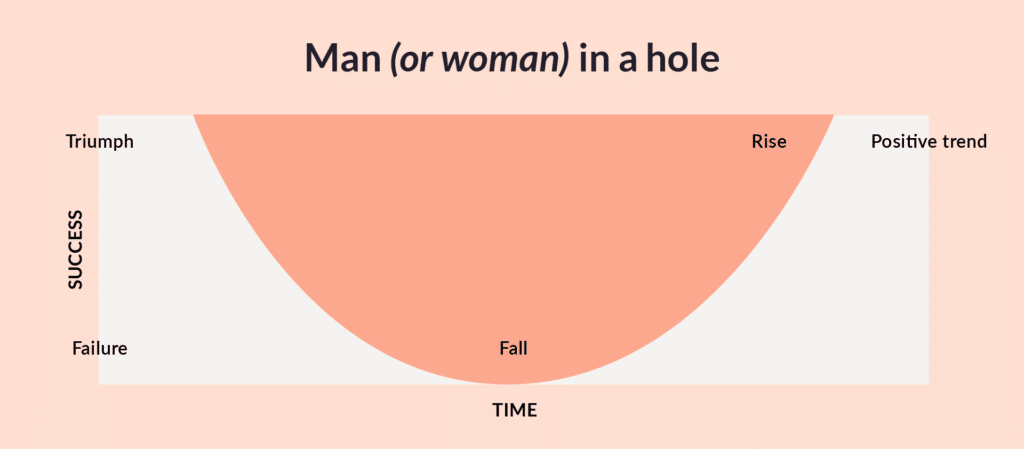
5. Man in a hole (fall-rise)
“We were doing very well with keeping COVID-19 out of Australia. Frustratingly, our vaccination roll-out was sorely lacking and we fell down pretty badly here. But the recent outbreaks have shown people why vaccination is so important. It’s encouraging seeing people coming forward in droves to get immunised.”
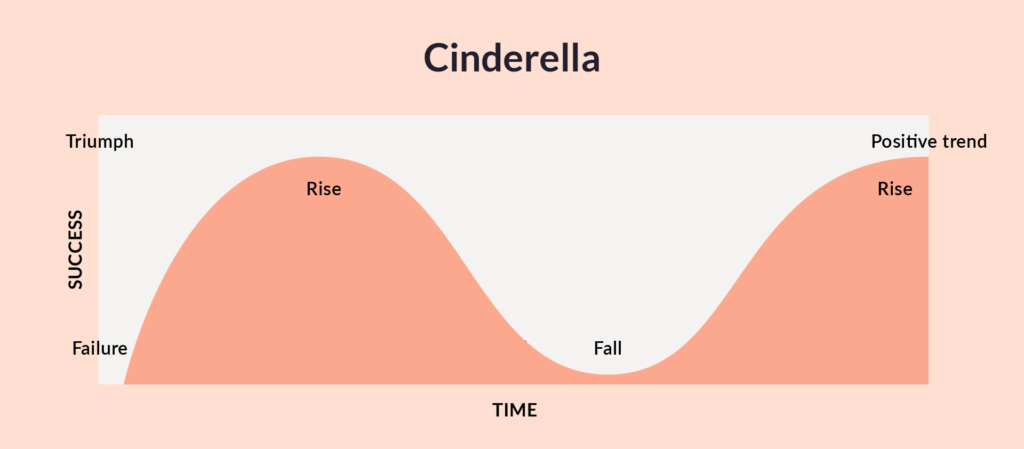
6. Cinderella (rise-fall-rise)
“I think we were all very proud of the way Australia and New Zealand were heralded as exemplars for our successful COVID-19 management in 2020. But in 2021, our reputation has been tarnished by our slow vaccine roll-out. Nevertheless, the system is ramping up and the evidence from overseas shows us that vaccination—although not entirely risk-free—is overwhelmingly safe and effective in protecting us from the much greater risks of death and ill-health. If we can continue to buy ourselves time via circuit-breaker lockdowns and use this time well by getting vaccinated, there is a way through this to a 2022 where we have no more lockdowns because we have defanged the disease.”
To my mind, each of the narratives above are factually true, but their emotional arc—and their impact on patients – and on us —is very different.
So, which emotional arcs are you choosing to make sense of your COVID-19 story? Would a different choice serve you, your team and your patients better?



